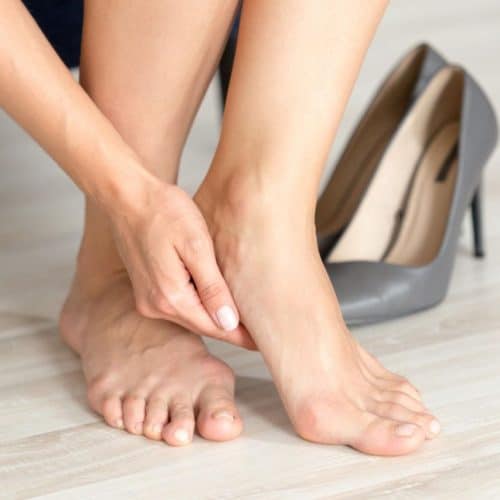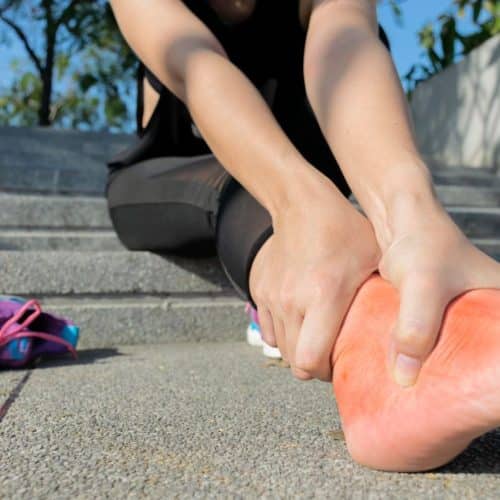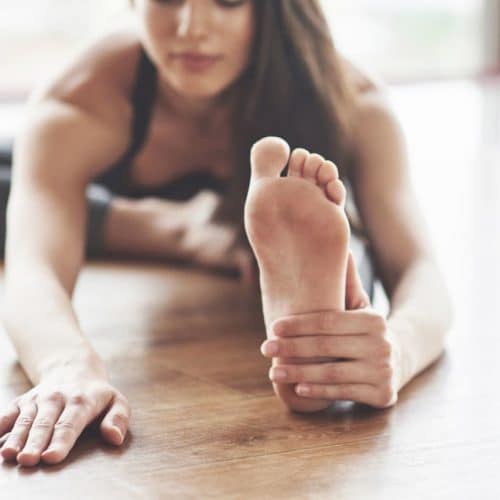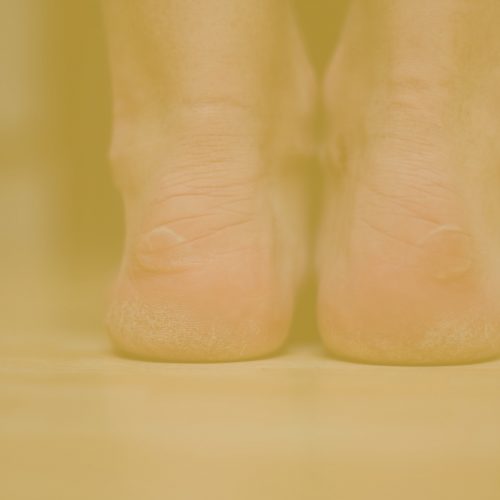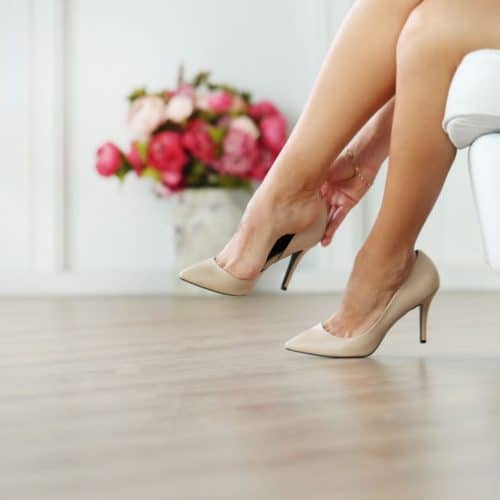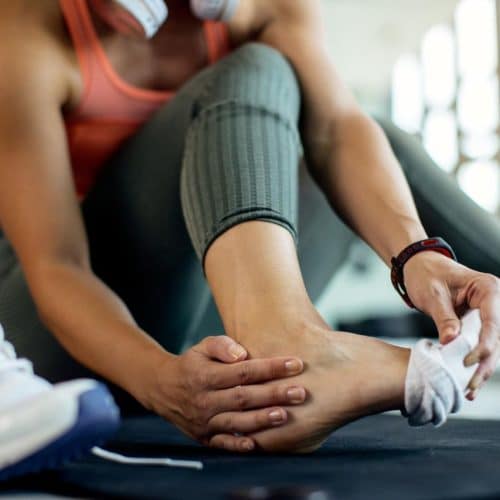How do you know what the right sports shoes for your feet are? When you first walk into a sports shoe store to purchase your new pair of trainers, it can be a little overwhelming.
Which pair do I try on first? With so many choices of colours, and styles. It is equally as hard to determine the right sports shoes for your foot type. Most people are not sure what foot type they have or that sports shoes are designed for different foot types. This is why a lot of people fail to choose the “right” or “best” sports shoes, for their walking style.
Choosing the RIGHT pair of sports shoes for your specific foot type is so important. It helps to minimise impact and reduce overuse injuries in the feet and lower limbs.
Choosing the WRONG pair of trainers for your foot type can increase your risk of injury. This is due to increased stress and stain on the muscles, tendons, joints and ligaments.
Runners and high performance athletes must ensure they choose the right pair of sports shoes and correct fit for their foot type category, as their risk of injury is greater.
So exactly HOW DO YOU choose the right pair of sports shoes for your foot type or style of gait?
Step 1: Identity What Foot Type and Walking Pattern You Have
There are three main foot types, and each foot type will generally follow a very similar walking pattern. The three main foot types are:
• Normal (normal arch)
• Supinated (high arch)
• Pronated (low arch)
People present with varying degrees of the following three foot types and display each of them at different stages of their walking cycle. This is why shoe companies have a wide range of footwear options in each of the three foot type categories to accommodate for this.
So lets look into each foot type a little further to help you choose the right sports shoes!
The NORMAL Foot:
This foot type has a symmetrical ankle joint, with neither a high or low arch seen on weight bearing. The normal foot type strikes the ground just off center, on the outside of the heel bone during heel strike.
The foot then begins to roll in (pronate) into midstance, to assist the body in absorbing the shock from the ground. Once the ground forces have been absorbed the foot begins to roll out (re-supinate) to become more rigid. The body then moves over the ball of the foot and onto the big toe in preparation for the toe-off phase.
Wear patterns on the sole of the shoe are fairly even, with minimal wear on the center or outside aspect of the heel and under the big toe.
Category of shoe: Neutral shoe with more cushioning, gel or air pockets throughout the shoe, a flexible midsole and increased sole thickness.
The SUPINATED (High Arch) Foot:
This foot type has a noticeably high arch on weight bearing assessment. The rigid nature of this foot type makes it inefficient at absorbing shock naturally. This is why a high arched foot will make quite a loud noise when walking barefoot on hard surfaces. Shock attenuation can be visibly noticed going through the calf muscles.
The supinated foot type strikes the ground on the outside of the heel with insufficient rolling in (pronation) to help the body absorb shock. The body then transfers weight over the foot through the middle or outward under the 4th and 5th toes during toe off phase.
Wear patters on the outside sole of the shoe with signs of compression through the midsole over time. This is because a shoe will compresses more under a rigid foot.
After time this foot type can cause stiffness in the ankle and foot. Severe cases will have a pronounced rolling out of the feet during standing and walking. History of lateral ankle sprains, (non-contact related) are common in this foot type.
People with this foot type are at risk of impact-related injuries and foot conditions such as:
• Ankle Sprains
• Plantar Fasciitis and Heel pain
• Shin Splints
• Calf Tightness and Achilles Injury
• Stress Fractures
• Joint Injuries
Category of shoe: Stability shoe with support and cushioning.
The PRONATED (Low Arch) Foot:
This foot type has a lowered or flattened arch on weight bearing assessment. The foot may strike the ground just off center on the outside of the heel. Rapid rolling in (pronation) of the foot into and throughout midstance is observed.
In severe cases the foot may strike the ground on the inside of the heel during heel strike. The foot will continue to roll in (pronate) during midstance, with little to no rolling out evident.
In sever cases the wear on the sole of the shoe will be on the inside.
This foot type is very unstable with increase movement and wear and tear of the joints. Stretching and over working of the musculoskeletal structures on the inside part of the ankle and foot are prone to fatigue, and foot pathology, such as:
• Plantar Fasciitis and Heel Pain
• Post Tibial Injury
• Shin Splints
• Achilles Injury
• Medial and Anterior Knee Pain, Lower Back and Hip Pain
• Bunions
Category of shoe: Control shoe with more support, medial posting and a stiffer heel counter and midsole.
Step 2: Decide what activities you will be preforming?
Once you have established your foot type or had a foot assessment conducted by a podiatrist, you should then consider the activities you will be doing and your goals. If you want to do a range of activities then a cross trainer may be a good option. However this concept becomes more important if you do the same activity 3 or more times a week in which you may then require a sport-specific shoe.
You should also decide what your goals are? Are you wanting to just improve your fitness and partake in a charity fun run? Or do you want to compete and have a podium with your name on it? This will allow you to decide if you are after a mid range shoe or a high performance shoe in your foot type category.
Step 3: Make Sure It’s the Right FIT!
The final step once you have determine your foot type, activities and goals, is making sure the shoe match your foot type is the right size and fit.
If you are suffering from foot pain or pathology it is strongly advised to see a podiatrist before you purchase new trainers. Your shoe choice may be influenced by your orthotic prescription, with the overall factors of comfort and fit being paramount.
Please note that brand styles, colours and names are changed approximately every 6 months. It is strongly advised to visit a footwear store, where staff are trained in professionally sizing and fitting for your foot type. For further information, on store specifications speak to your treating podiatrist.
Now for Some Handy Fitting Tips;
• Go shoe shopping around 2pm, this is when your feet are at their largest fluid volume and can be fitted accordingly.
• Take the type of socks you will be wearing with the shoes.
• Have your foot sized using a bannocks device and always fit for your bigger foot.
• Remove the insole in the shoe and step on the insole barefoot; if you are hanging over the edge, the shoe is too narrow.
• Most shoe types will come in two or three different widths. If you are female with a wider foot it may be best to be fitted for a men’s size, as they are generally wider.
• Walk around the store for 10-20 minutes with the shoe on both feet, checking for any discomfort or irritation.
• If you have orthotics take them with you when fitting, removing any existing insoles before placing your orthotics in the shoes.
• Never rely on “breaking in the shoe”, always get the fit right from the beginning.
I hope this has helped you in your search for the right pair of trainers. If you would like to know what foot type you have and further advice on the right footwear for you then it may be best to come in for an assessment and chat!


